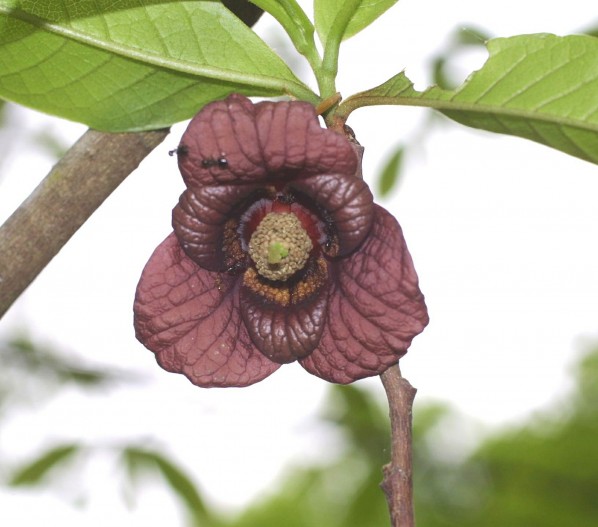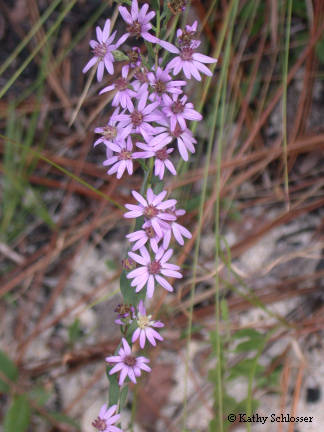Time for a farm post. It’s 57 degrees here right now! I’m sitting on the sofa with the front door open, wearing leggings, a long sleeved shirt, and shivering. This has been a gorgeous spring in spite of all that’s going on in the world. It’s my favorite kind of weather. Warm enough not to need a coat outside but cool enough that even heavy chores don’t get me sweating.
Last weekend we did some work in the apiary. We inspected Echo hive. When we took the top off there were many bees, and when we removed a frame from the upper box, we could see that they have been very busy filling the drawn comb we provided them with uncapped honey. However, one of the possibly controversial things I did was to put a frame with a large piece of drawn comb that fell out of its frame into this new hive - I rubber-banded the comb into a foundationless frame. It was gorgeous new comb and I knew it would give this nuc a big head start. My idea was they would add to the comb and secure it into the frame and then eventually chew the rubber bands off and drag them out of the hive. Well - they chewed the rubber bands FIRST and so the entire comb (filled with honey now!) fell to the side and into the space of the adjacent foundationless frame.
Our inspection ended up being fixing this issue and took some maneuvering, so we opted not to go into the lower box at all. What we saw was enough (in my opinion) - many healthy bees, no signs of pests or disease, and a second box filling from the inside out with nectar and uncapped honey. For a nuc installed on March 30, this was great. Wouldn’t have happened without a laying queen and plenty of worker bees maturing to do all this work.
We closed up the hive and sat to monitor them for a bit. The downside of inspections is that they really do impact the activity of the hive. Before we opened the hive, bees were coming and going like a busy 8-lane highway at peak traffic time, but after, the activity slowed to single digit numbers of bees going in and out. This is why I aim to do minimal inspections. They remained at low activity the rest of the day.
We’ve now moved Artemis hive to its new location, where it is ready and waiting for the nuc to come later this month. Echo is the teal hive, Artemis is fuchsia.
We have also set up the third hive, still unnamed, in my potager, and it’s beautiful! But I forgot to take a photo of it so will do that soon and share it in my next farm journal.
While the lettuces and other greens continue to be munched on, they grow back quickly. The yellow squashes, the cucumbers, the tomatoes and basil, are all being left alone. We now have many squash blossoms and cucumbers are starting to tendril and bloom as well.
In other news, I’m starting to work on the renovation project inside our guest house camper Delphine. I removed all the curtains and valences and removed a protruding drop-down desk top. Next I’ll be shortening the bench on the front of the dining booth before removing the booth altogether to create a more streamlined “breakfast bar” eating and work space that runs length-wise along the front window. This will open things up quite a bit. This is an ongoing project to turn this into a cottage-like space we can use for guests and I can use for writing.
You can see how light and bright this space is now - once I get some light curtains I’ll remove the mini blinds as well. There will be more changes coming but my priorities are light, space, and new mattress.
Further along will be new wallpaper and painted cabinetry, plus new sofa fabric.
Otherwise, the farm is green, nearly buttercup free, and this cool weather is allowing me to continue putting out grass seed in the front pasture. I’m doing it in sections and it should help with some areas that needed overseeding.
At the end of busy days, Clem and I enjoy an episode of Chef’s Table.
Speaking of cooking, if you’ve never used fennel fronds to make pesto, or baked fennel bulbs with Parmesan, oh my gosh, google a recipe and do it now. Best meal of the season by far at this point - but with new CSA boxes coming every week, who knows what is yet to come?














